Pick Apples This Year - Four Years Sooner!
Why Granny Smith Apple Trees?
Our Granny Smith Apple Tree is known for its quick production and easy growth. In fact, it produces fruit in record time, so you’ll pick delicious apples sooner than seed grown varieites.
You’ll get unique tart flavor, effortlessly. Our Granny Smith doesn’t need harsh pesticides or even a specific soil type to thrive. You get adaptable, versatile growth and delectable Granny Smith Apples to use in snacks, desserts and more.
Plus, our Granny Smith is self-fertile. That means you get fruit with only one tree, though adding an additional Granny Smith in your garden results in a dramatically increased crop for you. Imagine tons of delicious apples, season after season, in your own backyard.
Why Fast-Growing-Trees.com is Better
Many nurseries sell tall, skinny stems that can take several years to fruit and will generally be less productive when mature. But our Granny Smiths are pruned back and trained to develop a branching structure. This process takes more work and an extra year, but the difference you experience is dramatic. Because more branches mean more fruit, earlier production, stronger limbs and a healthier tree. Some of our apple trees have already produced apples in our nursery!
Now, you reap the rewards. And with proper care, you’ll be able to start picking apples in the first year. Get your own Granny Smith Apple Tree and see its amazing growth for yourself!
Planting & Care
1. Planting: First, select a location that receives at least 6 hours of sun each day. Other than that, your Granny Smith adapts to a variety of soil types. Once you're ready to plant, dig a hole twice the width of the root ball and just as deep. Then, place your tree, tamp down the soil and water to settle the soil. Finally, mulch around the tree for best results.
*Tip: Make sure your mulch is not touching the base of the trunk.
2. Watering: Your Granny Smith Apple will benefit from a regular watering schedule each week, though you may need to water more often in times of extreme heat or drought. If you're not sure when to water, simply check the soil or look for new growth. As soon as you see newer growth coming out of the tree or whenever the top 2 inches of the soil feel dry, it's time to water.
3. Pruning: Once your tree has become established and is starting to bear fruit, it will need some periodic, moderate pruning. Only prune the tree during times of dormancy, making sure to remove any vigorous, upright stems which are quite common in the upper portion of the tree. Weak, damaged or dead branches should also be removed.

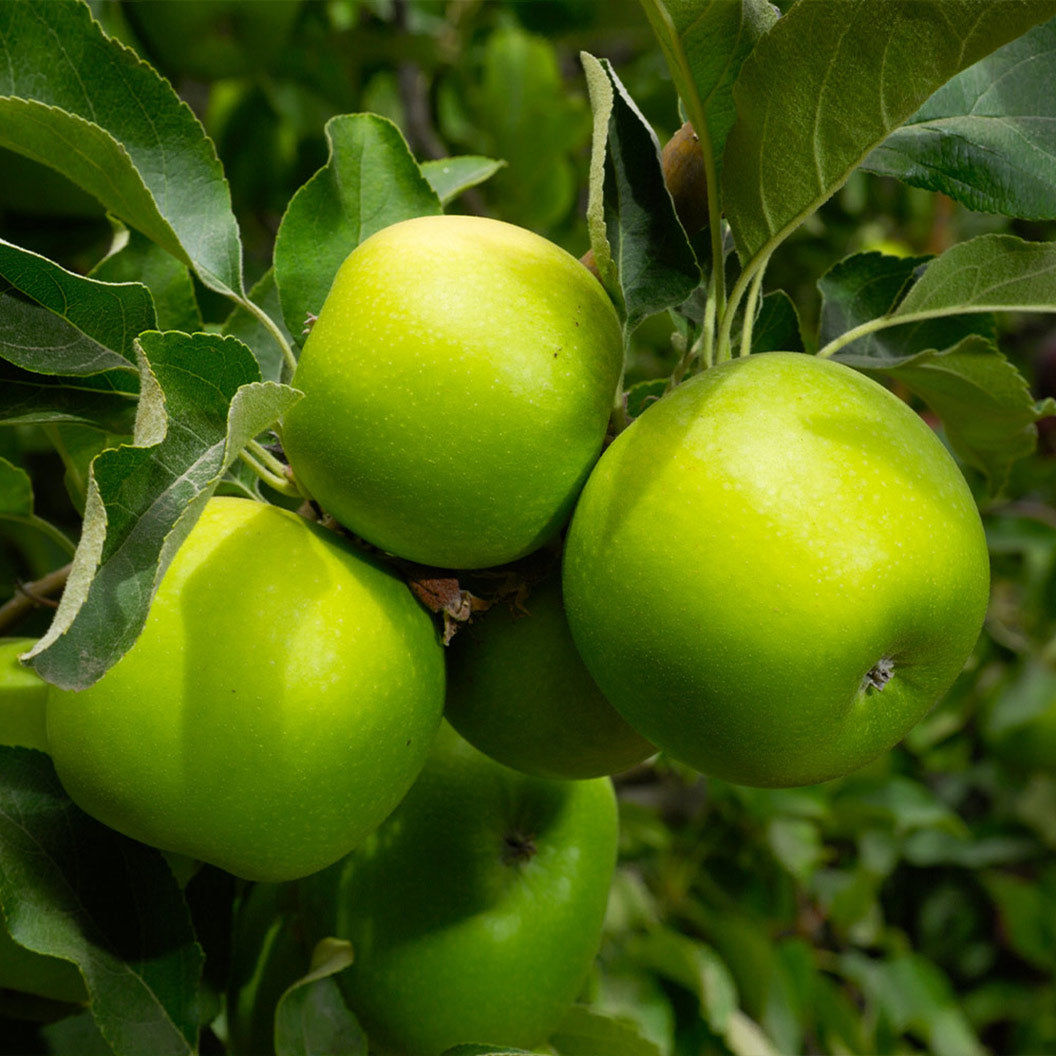
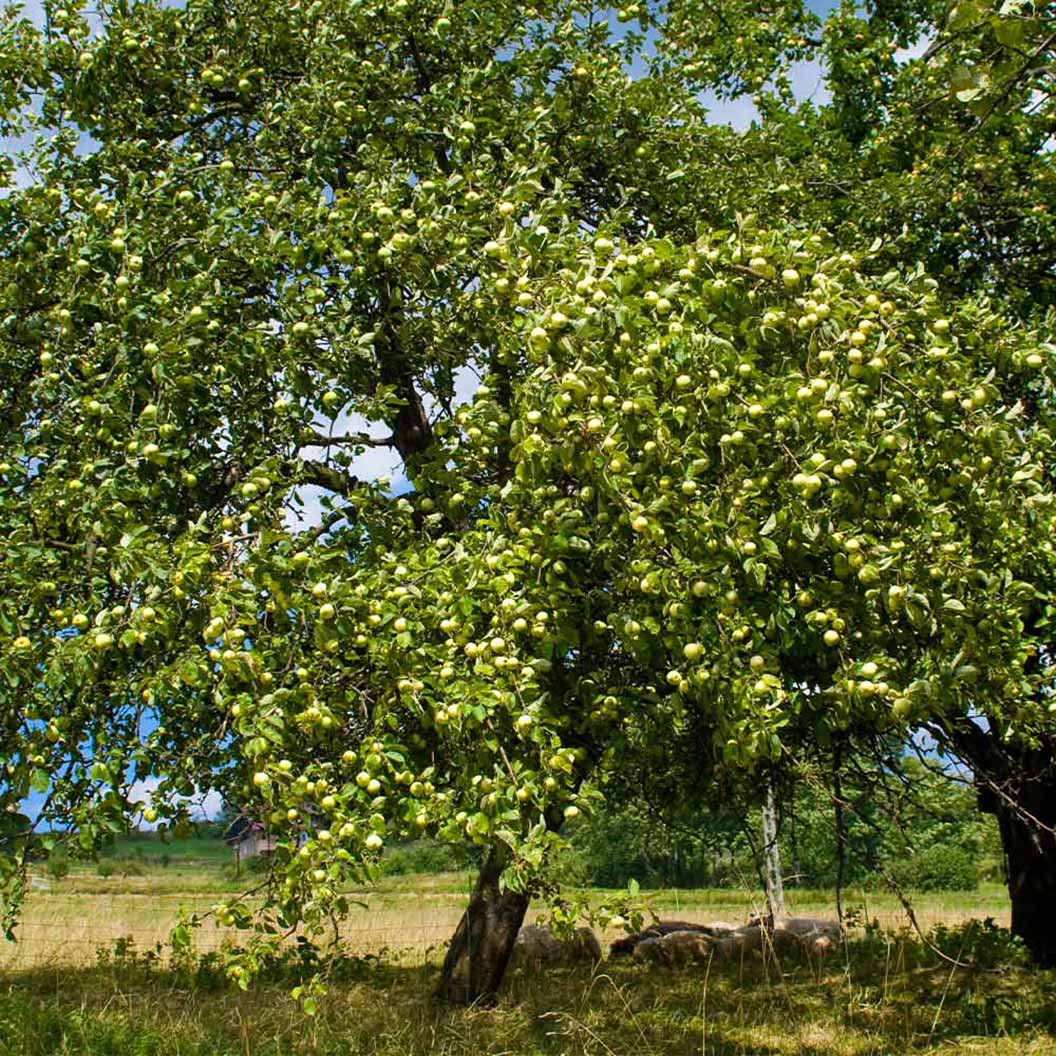
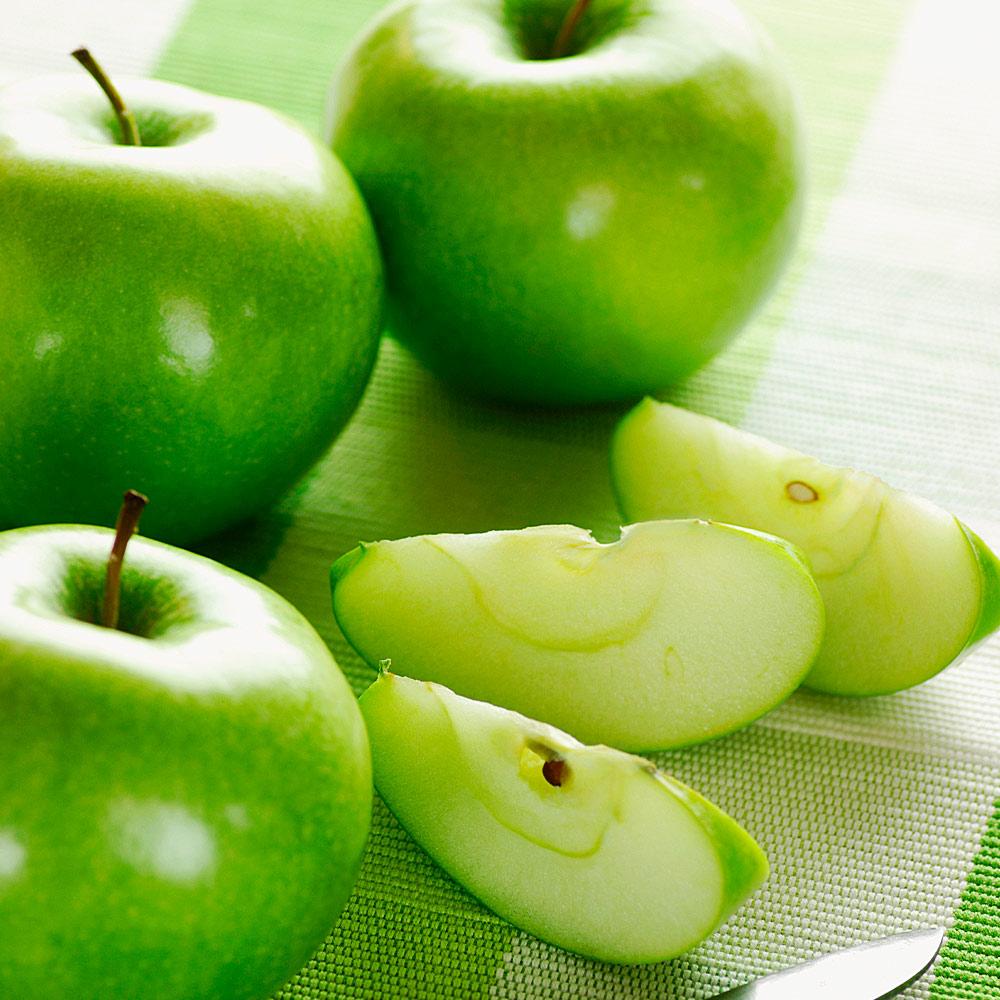
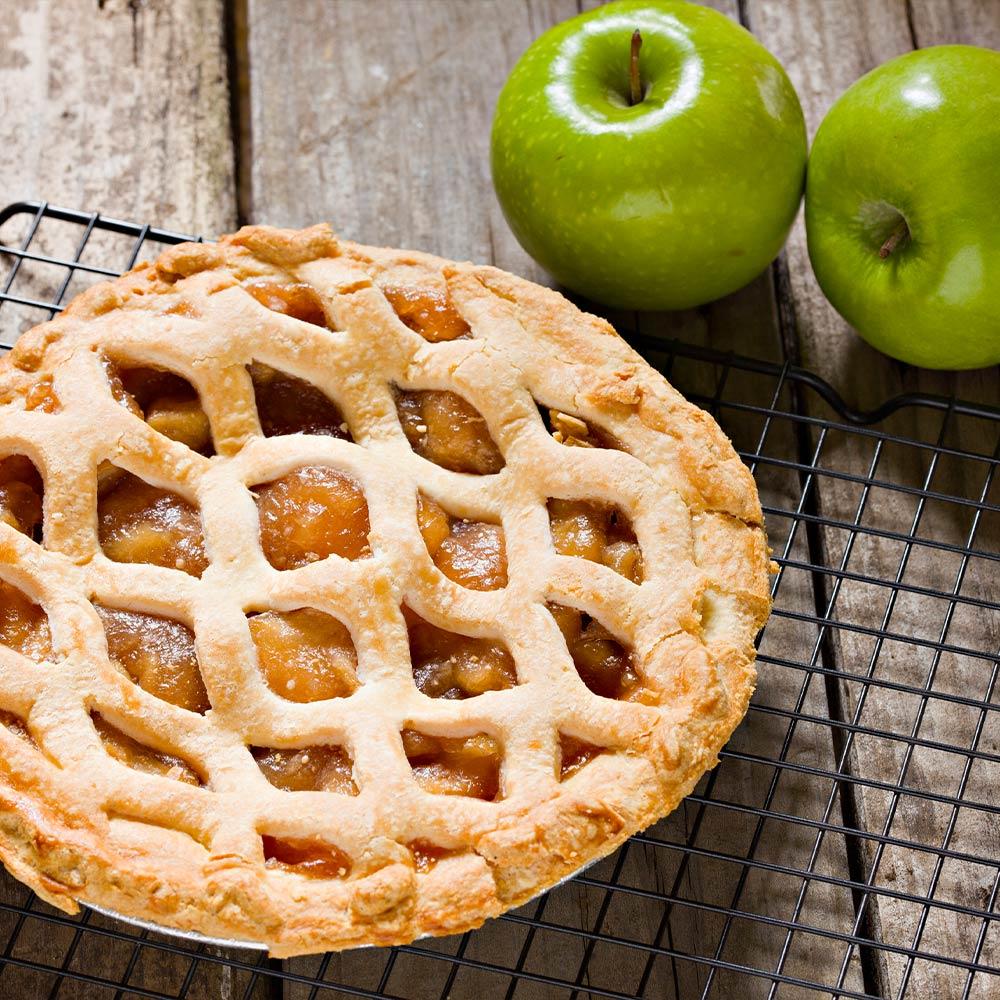
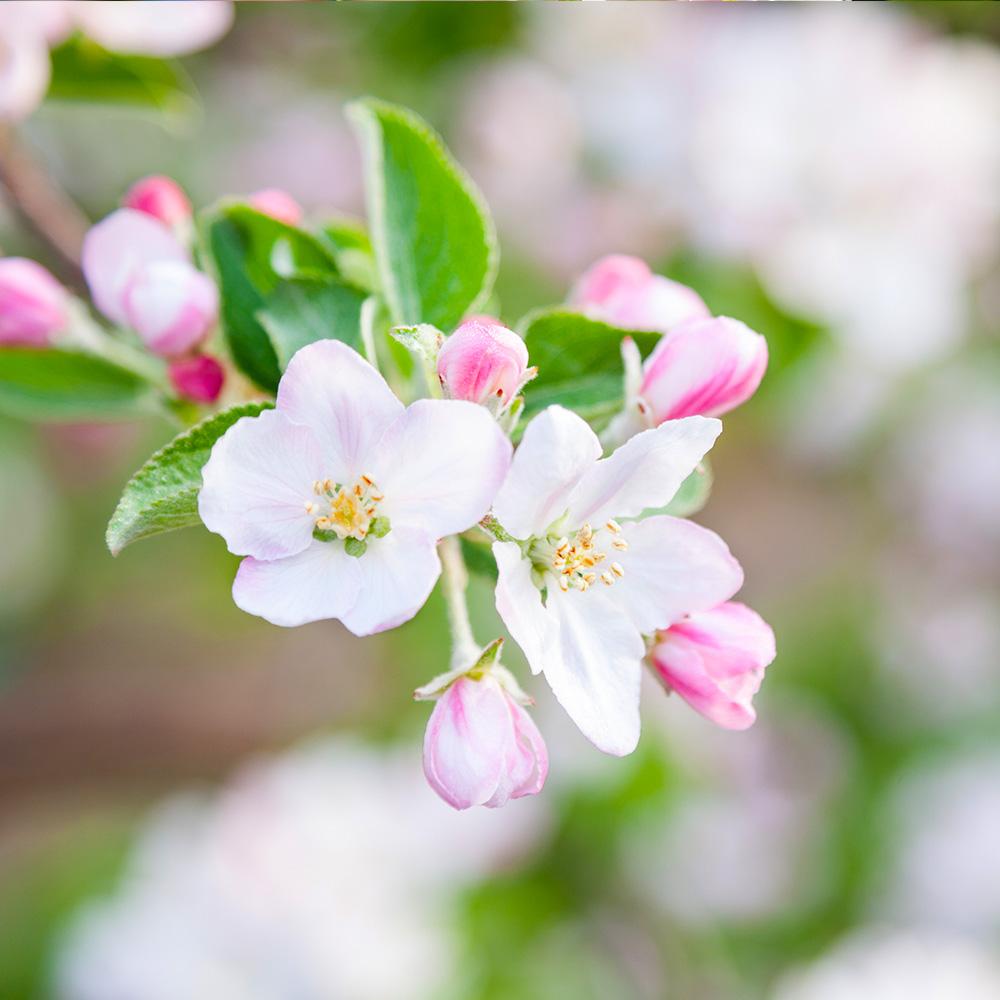

Comment